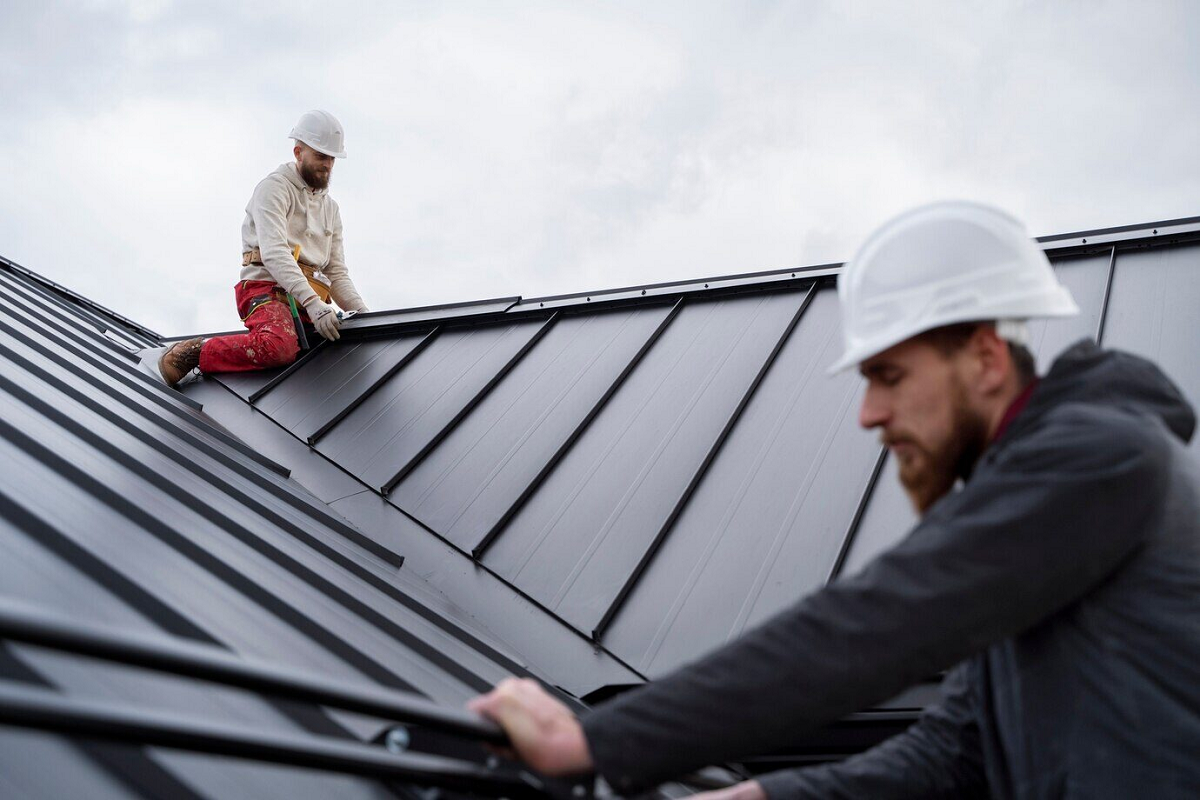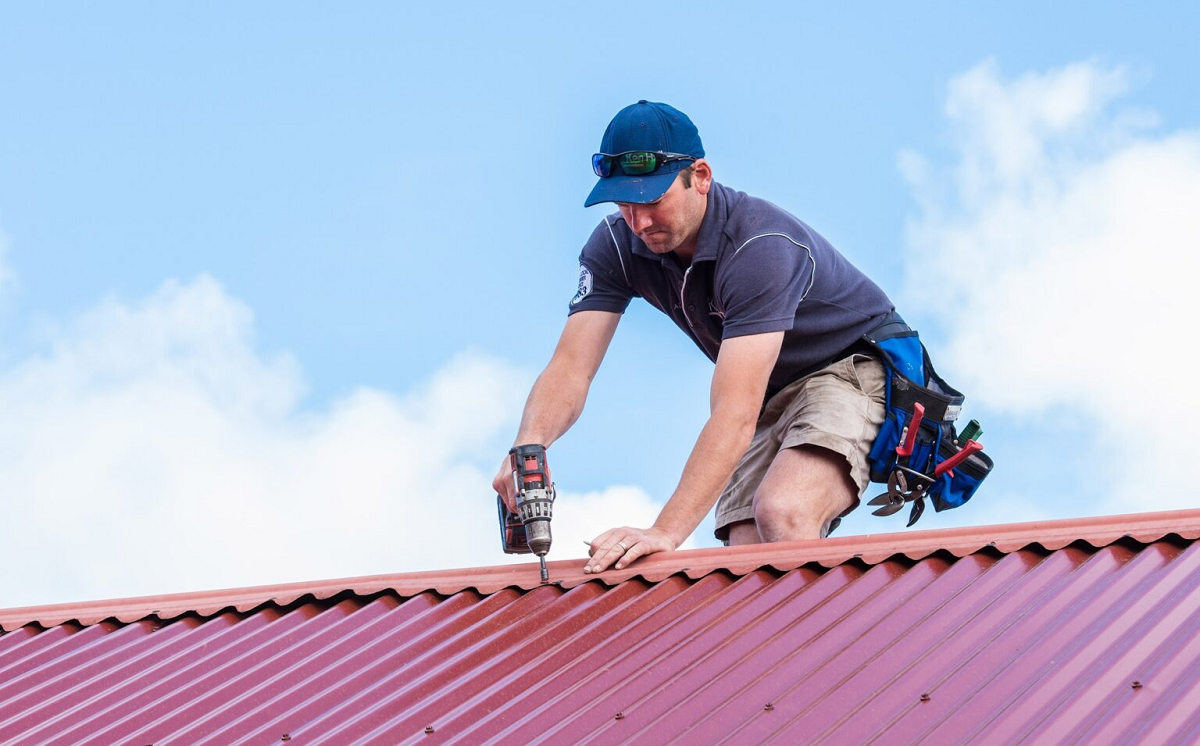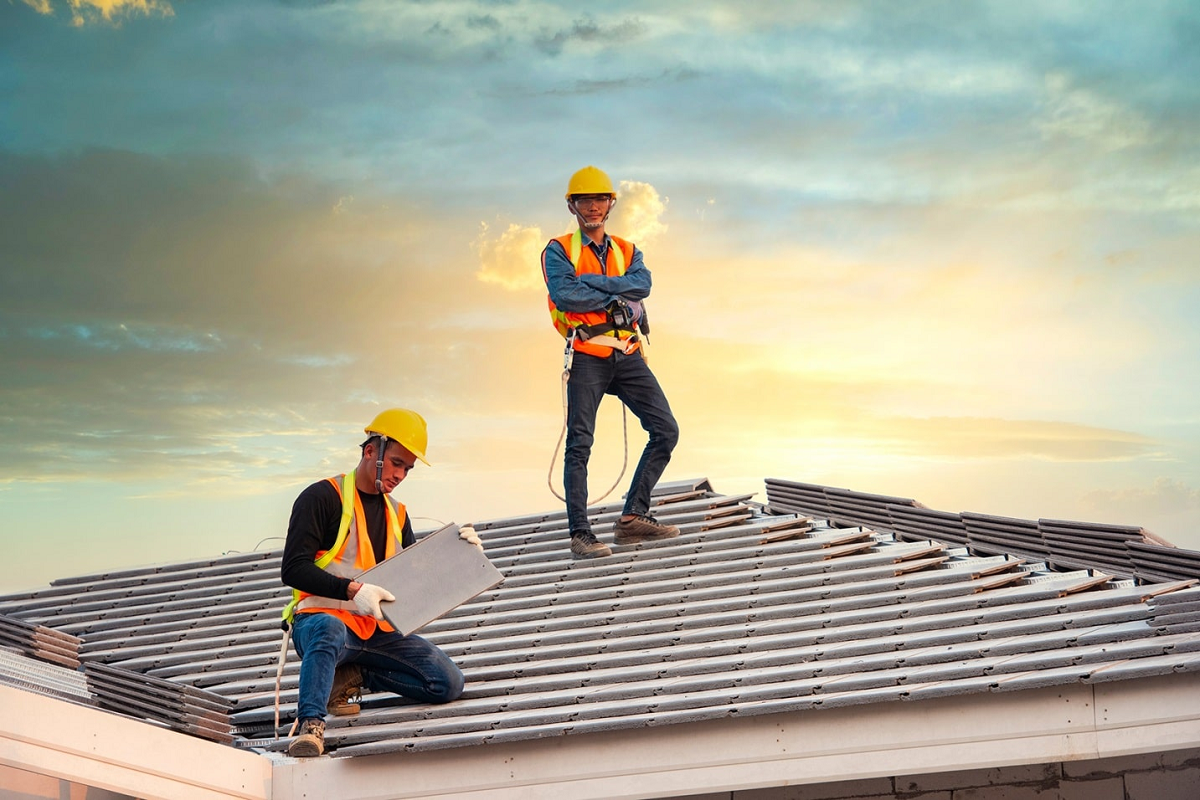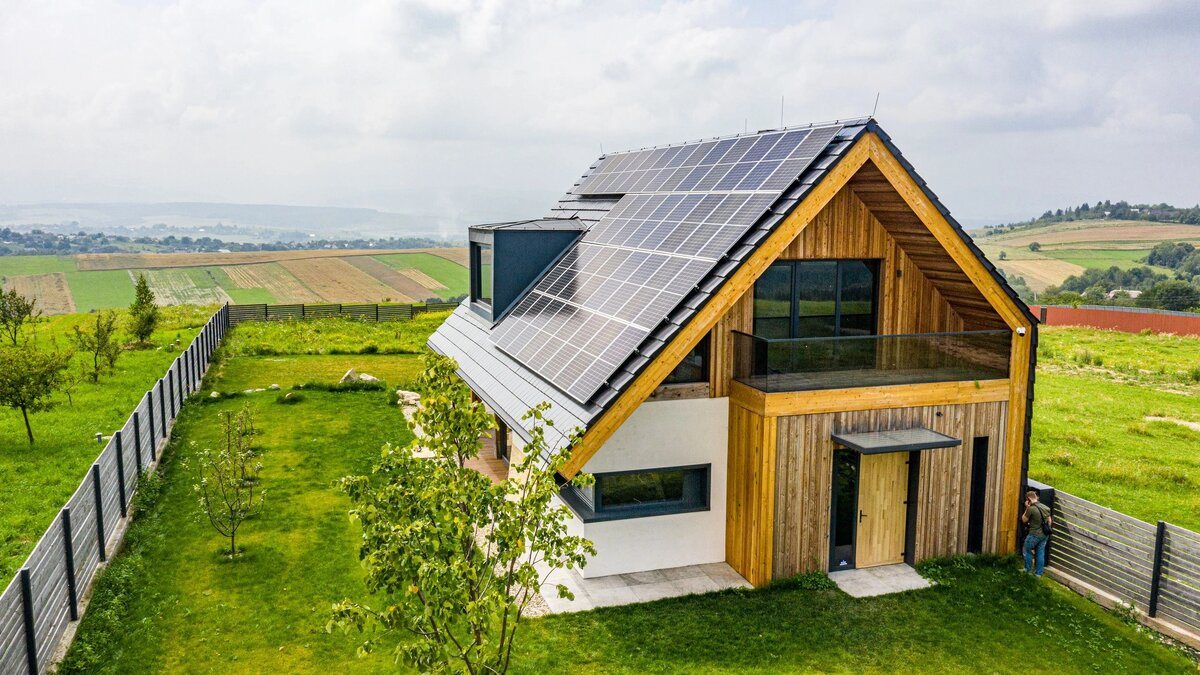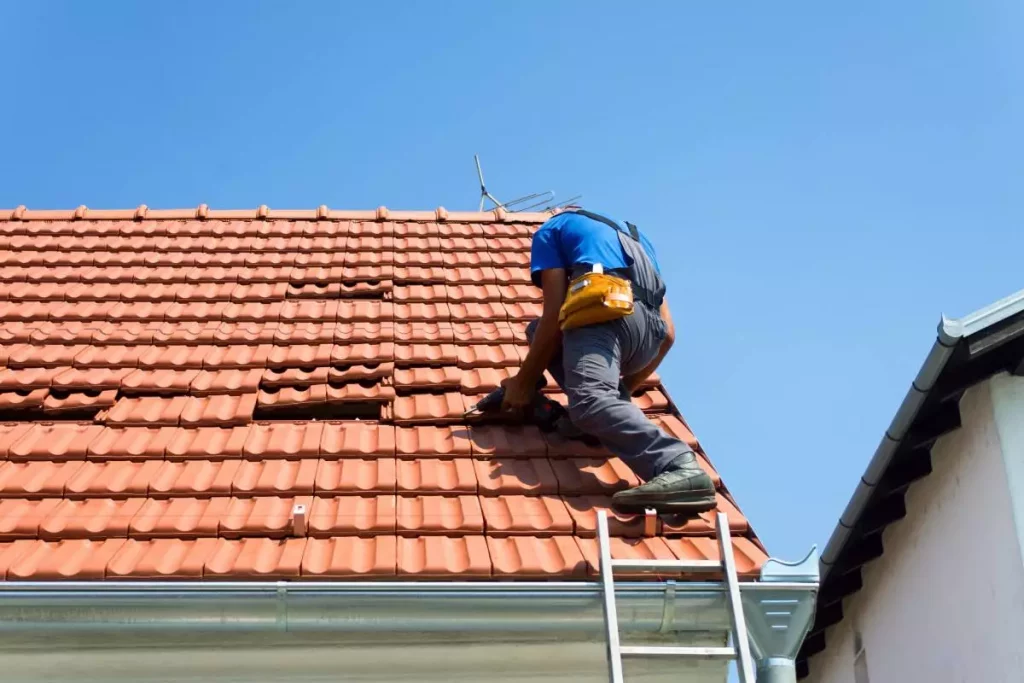Hail Damage In Avalon: Recognizing And Repairing Roofing Issues
Hailstorms can be a homeowner's nightmare, especially when it comes to their roofs. In Avalon, where the weather can be unpredictable, hail damage is a common occurrence that can lead to costly repairs if not addressed promptly. Understanding how to recognize and repair roofing issues caused by hail damage is crucial for maintaining the integrity of your home's structure and protecting your investment.
In this blog, we will delve into the world of hail damage in Avalon, exploring the various ways in which hail can damage your roof, how to identify signs of hail damage, and the best practices for repairing and preventing future damage. Whether you're a new homeowner in Avalon or a long-time resident, knowing how to deal with hail damage can save you time, money, and stress in the long run.
We will also discuss the importance of regular roof maintenance and how to work with your insurance company to ensure you receive the coverage you need in the event of hail damage. By the end of this blog, you will have a comprehensive understanding of hail damage on roofs in Avalon and the steps you can take to protect your home.
Understanding Hail Damage
Understanding hail damage is crucial for homeowners, especially in regions like Avalon where severe weather can lead to significant damage to roofs. Hail damage occurs when hailstones, which are balls of ice formed during thunderstorms, impact the roof of a building. These hailstones can vary in size from small pellets to large stones, and their impact can cause various types of damage to roofing materials.
One of the most common types of hail damage is dents or dimples on metal roofs or gutters. These dents can compromise the integrity of the roof and lead to leaks if not addressed promptly. Another common type of hail damage is granule loss on asphalt shingles. Hailstones can knock off the protective granules on shingles, exposing the underlying material to the elements and increasing the risk of leaks and other issues.
It's important to note that hail damage may not always be immediately visible to the untrained eye. Sometimes, the damage may be subtle and only become apparent over time as it worsens. That's why it's essential to have a professional roofing inspection after a hailstorm to assess the extent of the damage accurately.
Overall, understanding hail damage involves recognizing the signs of damage, knowing how it can impact different types of roofing materials, and taking prompt action to repair any damage to prevent further issues.
Recognizing Hail Damage
Hail damage to a roof is not always immediately apparent, and it can worsen over time if left unaddressed. Here are some signs to look for when inspecting your roof for hail damage:
- Dented or Damaged Shingles: Look for areas where the shingles are dented, cracked, or missing granules. Hail impacts can dislodge the protective granules on asphalt shingles, exposing the underlying material to further damage.
- Exposed Underlayment: If the protective granules on asphalt shingles are completely knocked off, the underlying black asphalt will be visible. This exposed underlayment is susceptible to water damage and can lead to leaks.
- Cracked or Split Shingles: Hail impacts can cause shingles to crack or split. These damaged shingles can allow water to penetrate the roof and cause further damage to the underlying structure.
- Soft Spots: Hail damage can weaken the structure of the shingles, making them feel soft or spongy to the touch. These soft spots indicate that the shingles have been compromised and may need to be replaced.
- Dents on Metal Roofs: Metal roofs can show signs of hail damage in the form of dents or dimples. These dents can affect the integrity of the roof and should be inspected by a professional.
- Damage to Gutters, Siding, and Windows: Hailstorms can also damage other parts of your home, including gutters, siding, and windows. Check these areas for signs of dents, cracks, or other damage.
- Granules in Gutters: After a hailstorm, check your gutters for an accumulation of granules. If you find a significant amount of granules, it may indicate damage to your roof shingles.
- Water Stains or Leaks: Inside your home, look for water stains on ceilings or walls, as these can be signs of a leaking roof caused by hail damage.
If you notice any of these signs of hail damage, it's important to have your roof inspected by a professional roofing contractor. They can assess the extent of the damage and recommend the necessary repairs to protect your home from further damage.
Assessing The Extent Of Damage
Hail damage can vary widely depending on the size of the hailstones, the intensity of the storm, and the type of roofing material. It's crucial to assess the extent of the damage accurately to determine the necessary repairs. Here are the key points to consider:
- Visual Inspection: Begin by visually inspecting the roof for signs of damage. Look for dented or cracked shingles, missing granules, and signs of impact on metal roofs. Check for any areas where the roof may be sagging or leaking.
- Roof Core Sampling: In some cases, a roofing professional may need to take core samples from the roof to assess the extent of the damage. This involves removing a small section of roofing material to inspect the layers underneath.
- Severity of Damage: The severity of hail damage can vary. Some roofs may only sustain minor cosmetic damage, while others may have more significant structural issues. Factors such as the size of the hailstones and the age of the roof can impact the severity of the damage.
- Roof Age: The age of the roof can also affect the extent of hail damage. Older roofs may be more susceptible to damage, especially if they have not been well-maintained.
- Roofing Material: Different types of roofing materials react differently to hail damage. For example, asphalt shingles may show signs of cracking or granule loss, while metal roofs may dent or puncture.
- Professional Assessment: It's important to have a professional roofing contractor assess the damage. They will have the expertise to accurately evaluate the extent of the damage and recommend the necessary repairs.
- Insurance Assessment: If you plan to file an insurance claim for hail damage, your insurance company will also send an adjuster to assess the damage. It's important to coordinate with your roofing contractor and insurance adjuster to ensure that all damage is properly documented.
Assessing the extent of hail damage is a critical step in the repair process. By accurately assessing the damage, you can ensure that the necessary repairs are made to protect your roof and home from further damage.
Repairing Hail Damage
Repairing Hail Damage
a. Assessing the Damage:
- Conducting a thorough inspection to identify all areas of damage.
- Checking for leaks or water damage inside the home.
- Using tools such as measuring devices to gauge the size and depth of dents.
b. Repairing Shingle Roofs:
- Replacing damaged shingles with new ones that match the existing roof.
- Securing loose shingles and ensuring they are properly sealed.
- Addressing any underlying damage to the roof deck or underlayment.
c. Repairing Metal Roofs:
- Removing dents and dings using specialized tools or techniques.
- Checking for any loosened or damaged panels and reattaching or replacing them as needed.
- Applying protective coatings or sealants to prevent future corrosion or damage.
d. Repairing Other Types of Roofs:
- For slate or tile roofs, replacing damaged tiles or slates with matching ones.
- Repairing any underlying damage to the roof structure or support system.
- Ensuring that repairs are done in a way that maintains the integrity and appearance of the roof.
e. Addressing Other Areas of Damage:
- Checking and repairing damage to gutters, downspouts, and flashing.
- Inspecting and repairing damage to vents, skylights, and other roof penetrations.
- Ensuring that all repairs are done according to local building codes and manufacturer guidelines.
f. Professional vs. DIY Repairs:
- Advising homeowners on when it is safe to attempt DIY repairs and when professional help is necessary.
- Emphasizing the importance of safety when working on a roof and recommending professional assistance for complex or extensive damage.
g. Documenting Repairs:
- Keeping records of all repairs, including invoices, receipts, and photographs of the damage and repairs.
- Providing documentation to insurance companies when filing a claim for hail damage repairs.
Preventing Future Hail Damage
- Impact-Resistant Roofing Materials: Consider installing impact-resistant roofing materials, such as asphalt shingles with a Class 4 rating, metal roofing, or clay tiles. These materials are designed to withstand hail impact better than traditional roofing materials.
- Regular Roof Inspections: Schedule regular inspections by a professional roofing contractor to assess the condition of your roof. Promptly repairing any issues, such as loose or damaged shingles, can help prevent further damage during a hailstorm.
- Trim Overhanging Branches: Trim back branches that overhang your roof to prevent them from falling onto your roof during a storm. This can reduce the risk of damage from both hail and wind-blown debris.
- Protective Roofing Membranes: Consider installing a protective membrane under your roofing materials. This can provide an extra layer of protection against hail damage.
- Hail Damage Resistant Skylights: If you have skylights, consider installing hail-resistant covers to protect them from damage during a storm.
- Secure Outdoor Items: Before a hailstorm, secure outdoor furniture, grills, and other items that could be damaged or become projectiles in high winds.
- Consider Impact-Resistant Windows: If you're in an area prone to hailstorms, consider installing impact-resistant windows to protect your home's interior from damage.
- Maintain Homeowners Insurance: Ensure your homeowners insurance policy provides adequate coverage for hail damage. Review your policy regularly to understand what is covered and any deductible requirements.
In conclusion, hail damage can have a significant impact on your Avalon roof, compromising its integrity and leading to costly repairs if left unaddressed. Recognizing the signs of hail damage, such as dents, cracks, and missing shingles, is crucial for timely repairs and preventing further damage. By promptly repairing hail damage, you can extend the lifespan of your roof and protect your home from leaks and other issues.
If you suspect that your Avalon roof has been damaged by hail, don't wait until it's too late. Contact a professional roofing contractor today to schedule a thorough inspection and repairs. Investing in timely repairs can save you money in the long run and ensure that your home remains safe and secure. Protect your investment and safeguard your family by taking action against hail damage today.

